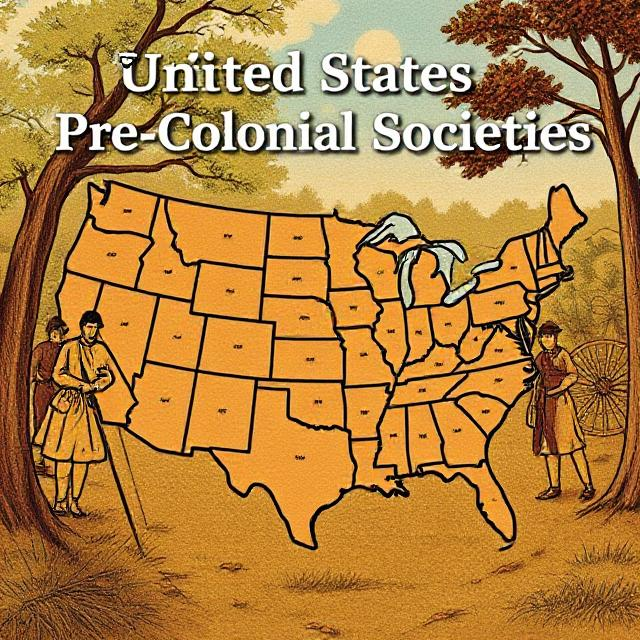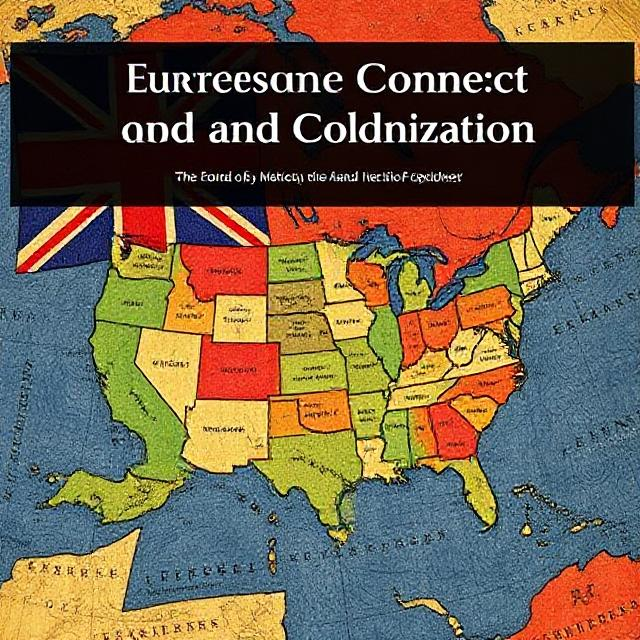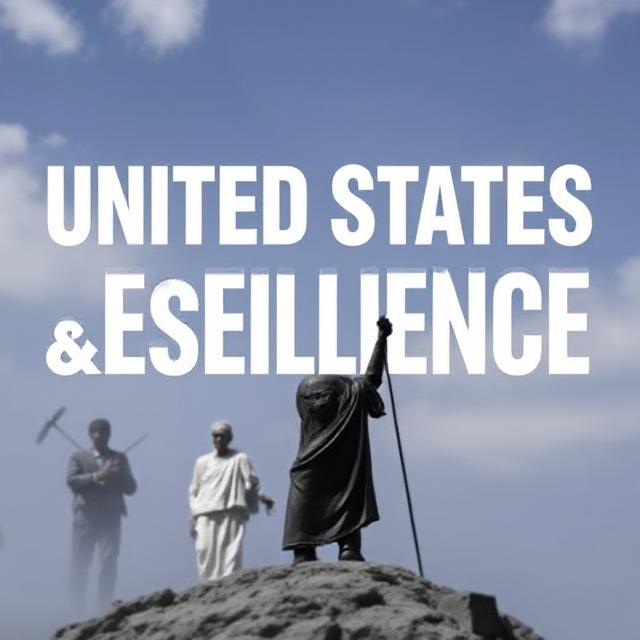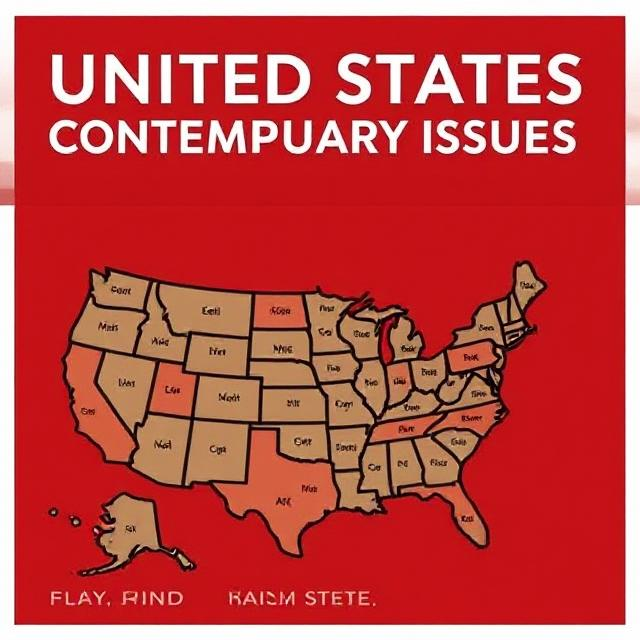The history of the United States is often dominated by narratives of European colonization and expansion, overshadowing the rich and complex histories of Indigenous peoples who inhabited the land long before settlers arrived. This article aims to illuminate the diverse cultures, histories, and resilience of Indigenous peoples in the United States, emphasizing their enduring impact on the nation and the ongoing struggles they face.
Pre-Colonial Societies

Diverse Cultures and Civilizations
Long before European contact, Indigenous peoples established a multitude of societies across North America, each with unique cultures, languages, and governance systems.
Major Civilizations
Mississippian Culture: Flourishing from around 800 CE to 1600 CE, this civilization is known for its large earthen mounds, complex urban centers, and extensive trade networks. Cahokia, near present-day St. Louis, was one of the largest cities in the world at its peak, with a population exceeding 20,000.
Ancestral Puebloans: In the Southwest, these peoples built intricate cliff dwellings and developed advanced agricultural techniques, including irrigation systems that allowed them to thrive in arid environments. Their legacy continues through the Pueblo peoples today, who maintain traditional practices and cultural beliefs.
Iroquois Confederacy: A sophisticated political alliance among several tribes in the Northeast, known for its democratic governance and influence on U.S. democracy. The Iroquois Great Law of Peace is often cited as a model for American constitutional democracy, emphasizing consensus and collective decision-making.
Social Structures
Indigenous societies varied widely in their social structures, often organized around clans or kinship groups. Many tribes practiced matrilineal descent, where lineage and inheritance were traced through the mother. This structure empowered women in many communities, allowing them to hold significant roles in decision-making and governance.
Spiritual Beliefs and Connection to Land
Indigenous cultures are deeply rooted in spirituality and a profound connection to the land. Many tribes view the earth as a living entity, emphasizing stewardship and respect for nature. Spiritual beliefs often include:
Animism: The belief that all natural entities possess a spirit, leading to a profound respect for the environment. Animals, plants, and even rocks are seen as having life and significance.
Ceremonies and Rituals: Many tribes engage in ceremonies that honor the seasons, agricultural cycles, and significant life events, reinforcing community bonds and cultural identity. These ceremonies often involve storytelling, dance, and music, serving as a means to pass down traditions and teachings.
European Contact and Colonization

Initial Encounters
The arrival of European explorers in the late 15th and early 16th centuries marked the beginning of profound changes for Indigenous peoples. Initial interactions varied from trade and cooperation to conflict and violence.
Impact of Disease
European contact brought devastating diseases, such as smallpox, which decimated Indigenous populations who had no immunity. This loss significantly weakened communities and disrupted social structures. Estimates suggest that some tribes lost up to 90% of their populations within a few decades of contact, leading to significant demographic shifts and social upheaval.
Colonization and Land Dispossession
As European settlers established colonies, they encroached upon Indigenous lands, leading to violent conflicts and forced removals.
Treaties and Broken Promises
Many treaties were signed, often under duress, promising land rights and protection. However, these treaties were frequently violated by the U.S. government, leading to further dispossession and displacement. Notable examples include:
Treaty of Fort Laramie (1851): Promised safe passage for settlers through Native lands but was later ignored, leading to conflicts and the loss of territory for Indigenous peoples.
Treaty of New Echota (1835): Signed by a small faction of the Cherokee, it led to the forced removal of thousands during the Trail of Tears, where many died from disease, exposure, and starvation.
Cultural Suppression
Colonization not only dispossessed Indigenous peoples of their lands but also sought to erase their cultures. Efforts included:
Missionary Activities: European missionaries aimed to convert Indigenous peoples to Christianity, often viewing Indigenous spiritual practices as pagan or inferior. This led to the suppression of traditional beliefs and practices.
Indian Boarding Schools: In the late 19th and early 20th centuries, Indigenous children were forcibly removed from their families and sent to boarding schools, where they were prohibited from speaking their languages or practicing their cultures. This policy aimed to assimilate Indigenous peoples into Euro-American society and resulted in significant trauma and loss of cultural identity.
Resistance and Resilience

Indigenous Resistance Movements
Throughout history, Indigenous peoples have resisted colonization and fought to protect their lands, cultures, and rights. This resistance has taken many forms, from armed conflict to legal battles and cultural revitalization efforts.
Notable Leaders
Tecumseh: A Shawnee leader who sought to unite Indigenous tribes against American expansion in the early 19th century. His vision of a confederation was a critical response to the encroachment of settlers and aimed to preserve Indigenous sovereignty.
Sitting Bull: A Lakota leader who played a crucial role in the resistance against U.S. military forces, notably during the Battle of Little Bighorn in 1876, where his forces defeated General Custer. Sitting Bull became a symbol of Indigenous resistance and resilience.
Cultural Resilience
Despite centuries of oppression, Indigenous cultures have persisted and adapted. Traditional practices, languages, and ceremonies continue to thrive in many communities.
Revitalization Movements
In recent decades, there has been a resurgence in efforts to revitalize Indigenous languages, arts, and traditions. This cultural renaissance is vital for maintaining identity and heritage, with movements focused on:
Language Preservation: Many tribes are developing programs to teach Indigenous languages to new generations, recognizing language as a key component of cultural identity. Language immersion programs and community classes aim to revitalize endangered languages.
Cultural Festivals: Events celebrating Indigenous arts, crafts, and traditions foster community pride and educate the broader public about Indigenous cultures. These festivals often feature traditional music, dance, storytelling, and food, creating spaces for cultural exchange and appreciation.
The 20th Century and Beyond

Policy Changes and Activism
The 20th century saw significant shifts in U.S. policies towards Indigenous peoples, from assimilation efforts to self-determination movements.
Indian Reorganization Act (1934)
This act aimed to reverse some of the damage caused by previous policies and promote self-governance among tribes. It allowed for the establishment of tribal governments and the preservation of cultural practices. The act was a turning point, as it recognized the importance of tribal sovereignty and self-determination.
Civil Rights Movement
The Civil Rights Movement of the 1960s inspired Indigenous activists to advocate for their rights. Organizations like the American Indian Movement (AIM) emerged, focusing on issues such as treaty rights, land sovereignty, and social justice.
Modern Activism
Indigenous activists have played a crucial role in advocating for rights, land sovereignty, and environmental protection. Movements such as the American Indian Movement (AIM) have brought attention to issues faced by Indigenous communities.
Land and Water Protectors
Recent protests, such as those against the Dakota Access Pipeline, highlight the ongoing struggle for land and water rights, emphasizing the importance of protecting sacred sites and natural resources. The protests garnered national and international attention, showcasing the resilience of Indigenous activism and the interconnectedness of environmental and Indigenous rights.
Legal Battles and Sovereignty
Indigenous nations have engaged in legal battles to assert their sovereignty and rights over ancestral lands. Landmark cases, such as United States v. Sioux Nation of Indians (1980), affirmed the rights of tribes to compensation for lands taken without consent. These legal victories serve as crucial steps toward restoring justice and recognition for Indigenous peoples.
Contemporary Issues

Socioeconomic Challenges
Despite progress, Indigenous communities face significant socioeconomic challenges, including poverty, unemployment, and lack of access to healthcare and education.
Poverty Rates
Indigenous peoples experience higher poverty rates than the national average, with many living in remote areas with limited economic opportunities. This economic disparity is often exacerbated by historical injustices and systemic inequalities.
Health Disparities
Indigenous populations face significant health disparities, including higher rates of chronic diseases and lower life expectancy compared to non-Indigenous populations. Factors contributing to these disparities include inadequate healthcare access, historical trauma, and socioeconomic challenges.
Education and Cultural Preservation
Education remains a critical area for Indigenous peoples. Efforts to incorporate Indigenous history and culture into school curricula are essential for fostering understanding and respect.
Tribal Colleges and Universities
Tribal colleges and universities play a vital role in providing higher education tailored to Indigenous students, focusing on cultural relevance and community needs. These institutions promote academic success while preserving Indigenous languages and traditions.
Curriculum Development
Many tribes are working to develop culturally relevant curricula that reflect Indigenous perspectives and histories. This approach not only benefits Indigenous students but also educates non-Indigenous students about the rich diversity of Indigenous cultures.
Environmental Justice
Indigenous communities are often on the front lines of environmental issues, facing the impacts of climate change, resource extraction, and pollution. Many Indigenous groups advocate for environmental justice, recognizing the interconnectedness of land, culture, and health.
Climate Change Impact
Indigenous peoples are disproportionately affected by climate change, as many rely on natural resources for their livelihoods and cultural practices. Rising temperatures, changing weather patterns, and environmental degradation threaten traditional ways of life.
Advocacy for Land Rights
Indigenous activists continue to advocate for land rights and environmental protection, emphasizing the importance of sustainable practices and the preservation of sacred sites. These efforts are crucial in the fight against climate change and environmental degradation.
Conclusion
The history of Indigenous peoples in the United States is one of resilience, resistance, and cultural richness. Despite centuries of colonization and oppression, Indigenous communities continue to thrive and advocate for their rights, sovereignty, and cultural heritage. Understanding this history is crucial for recognizing the ongoing struggles and contributions of Indigenous peoples in shaping the United States.



4 thoughts on “An Indigenous Peoples’ History of the United States”